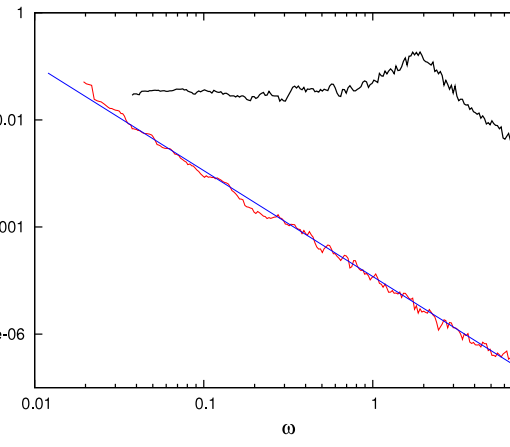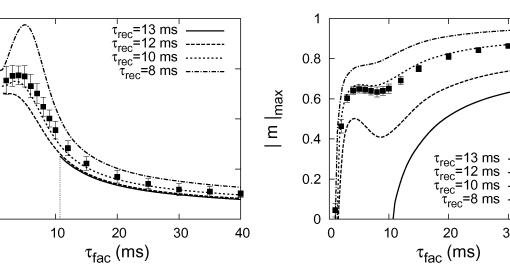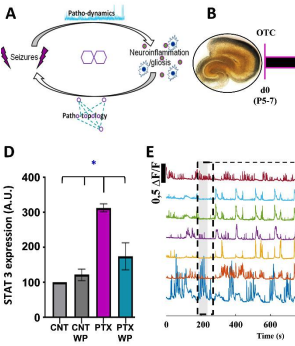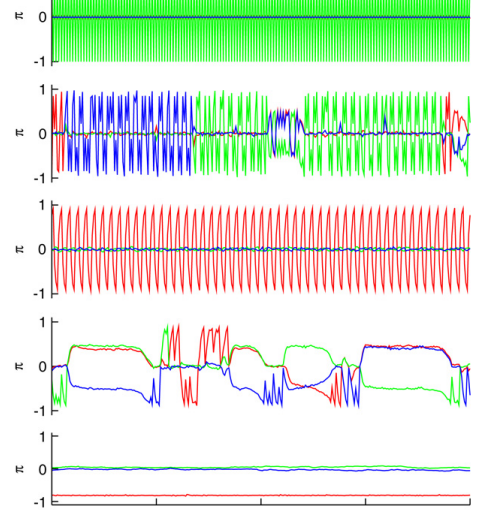J.M. Cortes, A. Greve and M.C.W. van Rossum. Dynamical effects on familiarity discrimination. AIP Conference Proceedings 887: 217-223, 2007 [pdf]
One process involved in recognition memory is familiarity discrimination. Familiarity distinguishes almost immediately after stimulus presentation whether the item was previously encountered (old) or novel. By using a formalism based on attractor neural networks, we discuss different dynamical processes affecting familiarity discrimination. First, we compare two different familiarity discriminators, the previously proposed energy (FamE) and the temporal derivative of the energy (FamS). This second measure relies on differences in the dynamics of the network when novel or old stimuli are presented. Contrarily to FamE, FamS depends on details of the dynamics of the network. As a result, and counterintuitively, famS is enhanced by random fluctuations in the neural activity. Finally, we present some preliminary results showing how familiarity discrimination is affected by activity dependent mechanisms at synaptic level, such as short-term depression and facilitation. These results allow formulating new models regarding optimal dynamics and familiarity discrimination.





